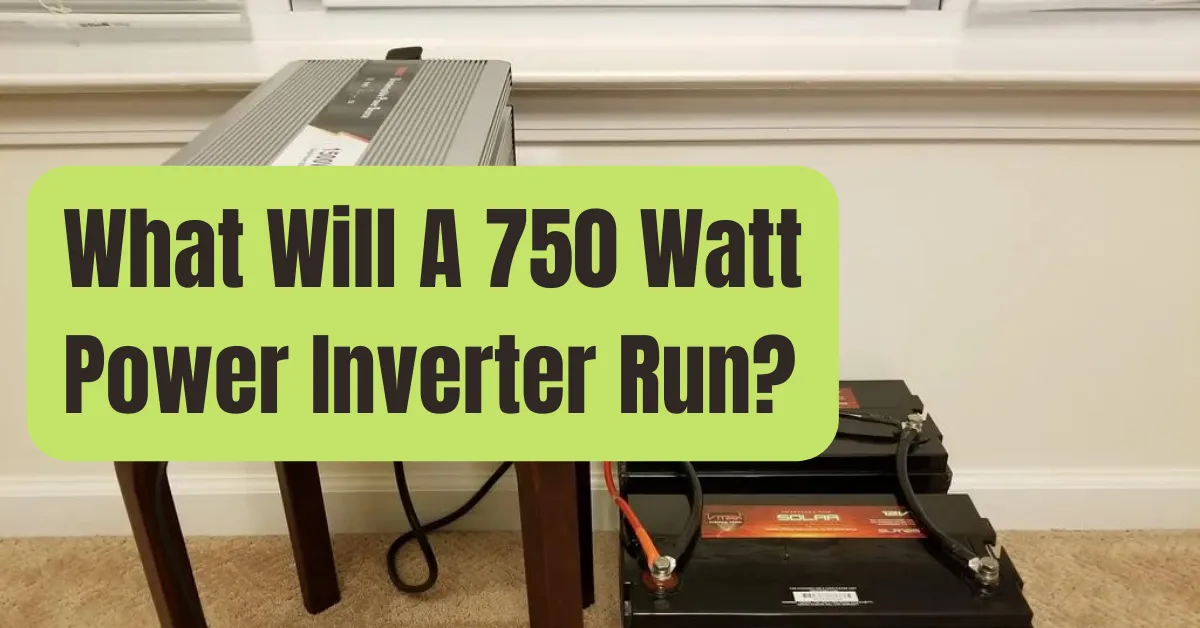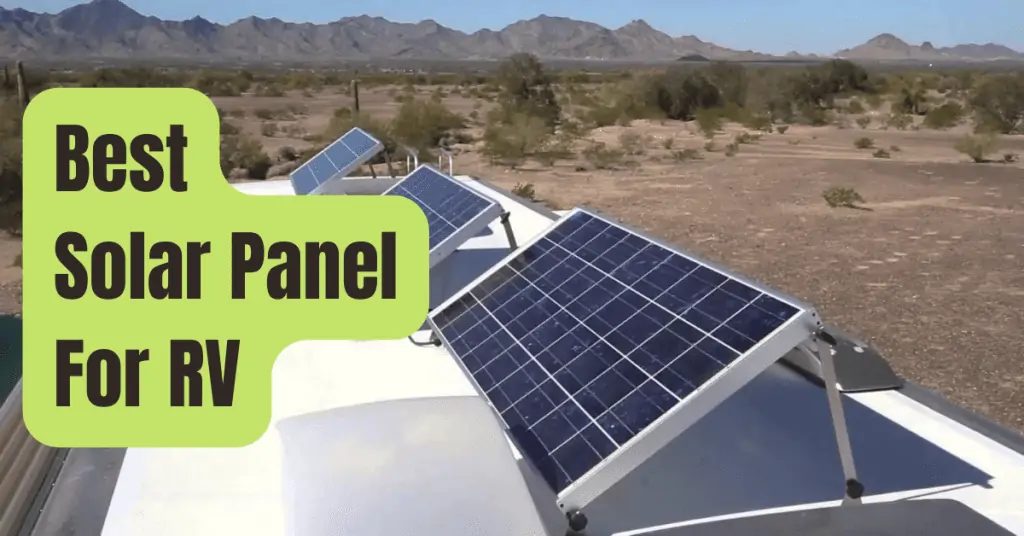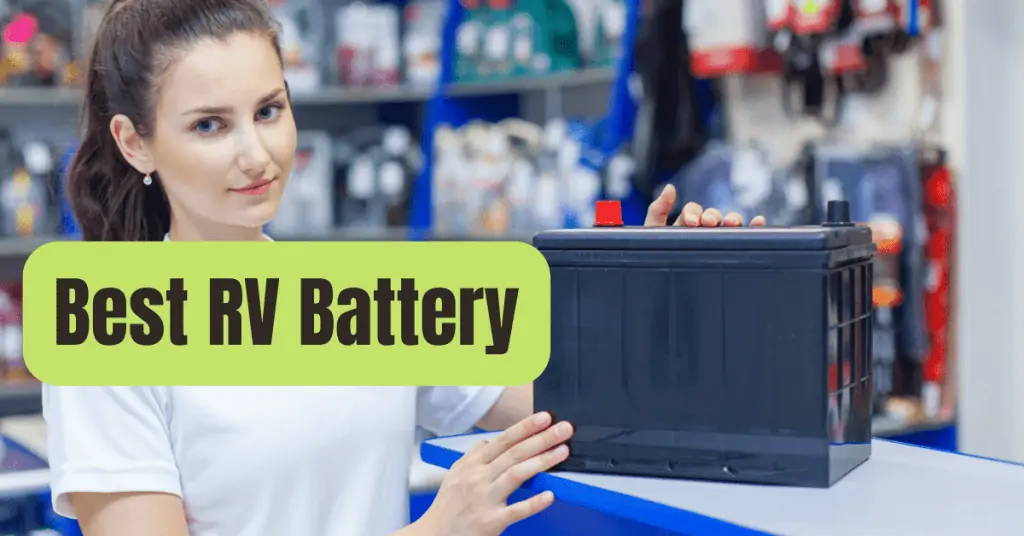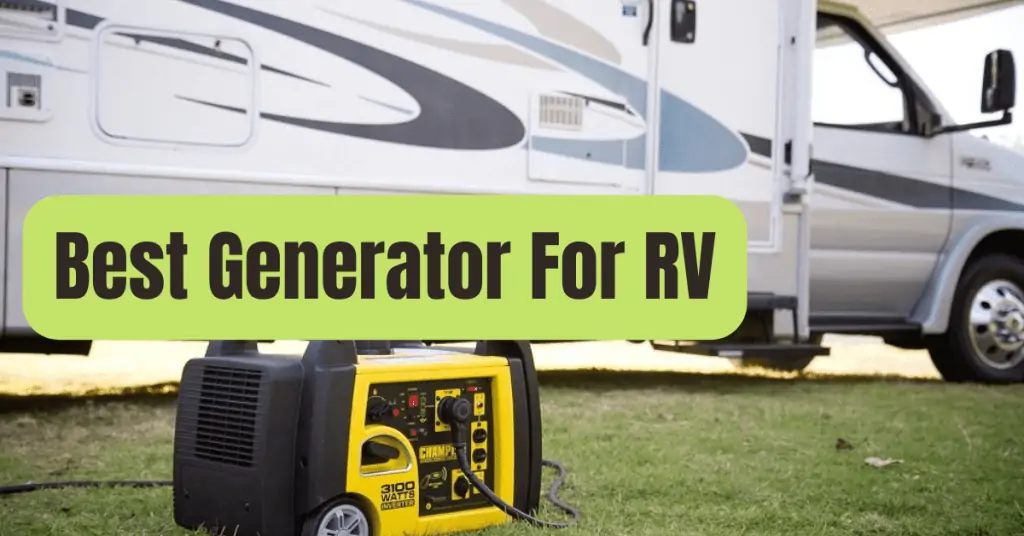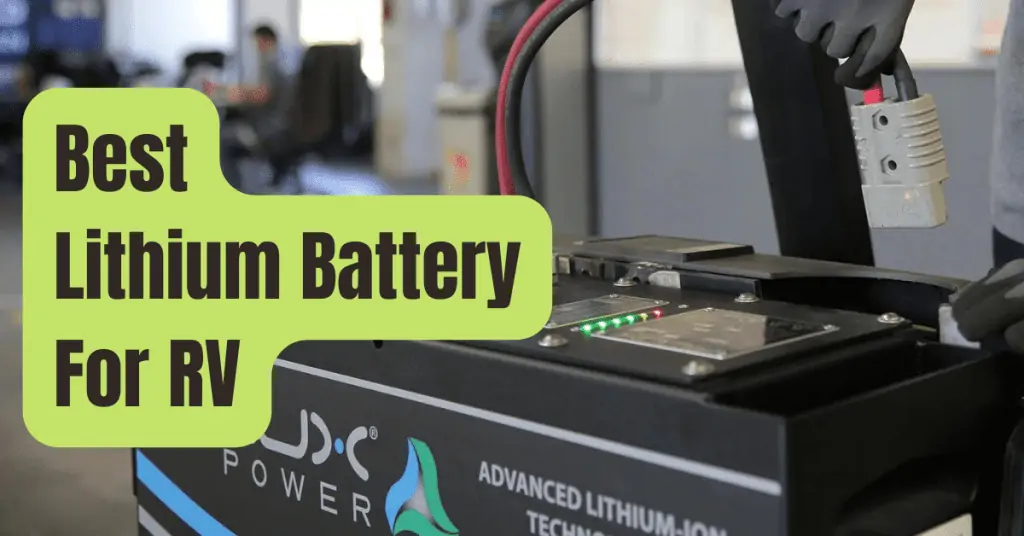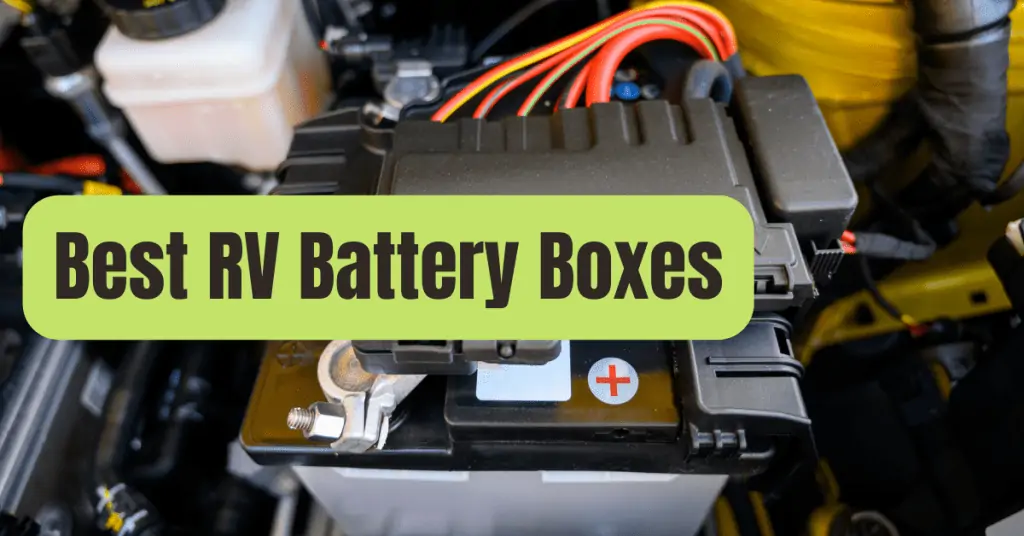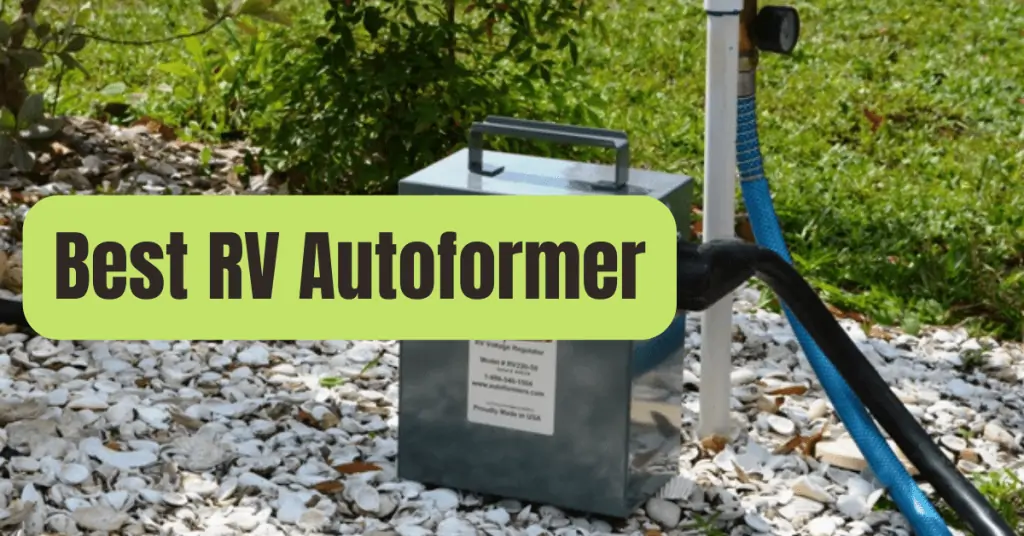A 750 watt inverter has more than enough power to operate a range of home devices, appliances, and power tools.
But what precisely are its capabilities and constraints? Can you use this technology to operate a refrigerator? How long will it take for the batteries in a battery bank to completely drain if it is linked to one?
Laptops, a TV, cameras, radios, lights, and other gadgets may all be powered by a 750 watt power inverter.
These inverters can power a microwave, a refrigerator, and a variety of power tools thanks to their 1500 surge watt capability.
Which Devices Can a 750 Watt Inverter Power?
These inverters can only provide power for a short period of time; they have a maximum capacity of 750 operating watts per hour and up to 1500 surge watts.
We suggest the Ampeak 750W Power Inverter if you want to get one right away since it is made to easily operate a variety of applications.
Any combination of appliances, as long as the combined total is under 750 watts per hour, may be driven by these inverters.
As a result of the newer inverters’ 90–95% efficiency, 675–712 watts will really be accessible.
We can discover which appliances the system can and cannot operate by merging that data with an appliance wattage chart.
Just calculate the power needs at this point.
Even though the draw is occasionally indicated in amps, appliance power consumption is measured in watts.
The voltage will determine how many amps are drawn each hour.
These are the conversion formulas:
Watts = Amps x Volts
Volts = Watts / Amps
Amps = Watts / Volts
With a 320 watt load and 120V AC electricity, a 750 watt inverter will consume 2.6 amps.
320 / 120 = 2.6 amps
A second 750 watt inverter using 24 V batteries and a comparable load will use 13.3 amps.
320 / 24 = 13.3 amps
If the power load is expressed in amps and you wish to convert it to watts, multiply amps by volts.
Although the conversions are not accurate, it is not a problem since the results are always rounded off.
13.3 amps x 24V = 319.2
2.6 amps x 120V = 312
These findings are approximations.
You should research inverter efficiency and take the runtime into account.
To obtain an estimate, multiply the total watts by the inverter rating.
The POTEK 750W is recommended for optimal results since pure sine wave inverters are the most effective.
If your inverter is 90% efficient and your load is 450 watts:
450 / .90 = 500
500 watts will be used by the 450 watt load.
Of course, more watts will be used the lower the efficiency.
Running an inverter at maximum capacity is never a good idea because of this.
Not only is it risky, but there likely isn’t enough electricity as well.
Running and Surge Watts for Inverters
The inverter’s peak / surge capacity is typically twice that of the operating watts.
That would be 1500 watts for an inverter that is 750 watts.
This signifies that the inverter can only operate this watt load for a little period of time.
Even though an energy-efficient refrigerator only uses 500 watts per day to function, it needs 1000 watts to start.
The inverter has a 1500 surge watt capability and can run the refrigerator.
Any appliance with a peak power need under 1500W will function.
A 750W inverter can power blenders, portable fans, tiny microwaves, tiny sump pumps, a 1/2 inch drill, 1/4 HP motors, and garage door openers.
A bigger inverter is needed because power equipment like air conditioners, washing machines, dishwashers, furnaces, air compressors, circular saws, and others need more than 1500 watts to start up.
A 750 Watt Inverter’s Service Life
Batteries or an electrical source (often 110V/120V) may power an inverter.
As long as there is electricity, the inverter may operate continuously when it is set to AC.
The amount of time it will operate on a battery will depend on how much charge is left.
List all the equipment you’ll be using with the inverter to receive the most accurate quotation.
You may calculate the watts to have a decent sense of how long the electricity will last.
Guide to 750W Inverter Battery Runtime
Here is a short guide to the different power loads you can run on the inverter and for how long, in case you need it.
This manual operates on the presumption that the system’s batteries will be totally depleted at the end of the runtime.
- Laptop, printer, speakers, router, portable fan, LED lights: 2 hours
- Refrigerator: 8 hours
- 40 inch TV with movie player: 5 hours
- 600W microwave: 1 hour
- Well pump: 1 hour
- Slow cooker: 3 hours
- 60W ceiling fan: 12 hours
- 60W light bulb: 12 hours
- Blender: 1.5 hours
Observations on this manual
- The power use figures above are approximations. The laptop in this illustration consumes 200 watts, which is average for using the internet and business apps. More solar power will be required for a gaming laptop.
- The utilization of several appliances varies. Although they are often only operated for a few minutes or seconds at a time, blenders may use up to 700 watts of power in an hour. Other tools and appliances work similarly, thus their utilization is not as great as it first seems to be.
- The inverter’s 750 watts of available power are assumed in the graphic. That is equivalent to either a 31.25ah or a 62.5ah 12V battery. 75ah 12V or 35ah 24V, rounded off to the closest size, would be the values.
- The appliances may be mixed and matched to meet your needs. Because no two people use equipment or appliances in the same way, there is no universally applicable answer.
- The power consumption of different appliances may change due to manufacturing variances. Some appliances will be more efficient than others even though their specifications are the same.
- Shorter, thicker cables will work better with inverters. Less energy will be wasted during the conversion the shorter the wires are between the inverter and the batteries.
This brings up the second issue, which is the number of batteries required for the inverter.
The arithmetic is not as challenging as it may sound, as you shall see.
For A 750 Watt Inverter, How Many Batteries Will I Need?
You do not require a battery bank if your system is connected to the grid.
The primary power source will be used by the inverter.
Your gadgets will continue to function for as long as there is power.
However, the inverter power source will be drawn from the battery bank if you are in an RV or mobile home that is powered by solar energy.
Utilize this method to determine how many you require:
Total watts = appliance watts x runtime
Total watts / DC voltage equals amps
Consider that you own a 12V, 750-watt inverter.
Depending on the efficiency rating of the inverter, it can operate for around an hour with a 750 watt load.
62.5 amps will be drawn by the system (750/12 = 62.5).
The runtime will be 1.2 hours if your battery has a capacity of 75 ah (62.5 / 75 = 1.2).
Consequently, you may operate the inverter for 1.2 hours on a 75ah battery, but the battery will completely deplete.
For FLA batteries, which should be recharged at 50%, this is not recommended.
According to this logic, it would take a 12V 150ah battery 1.2 hours to power a 750 watt load.
Estimation Of The Capacity Of An Inverter Battery
Let’s use one more example.
When you sum up the load, you get 400 watts.
You need to operate this load continuously for four hours using a 750W inverter.
The following formula is used as before: amps = total watts / battery voltage
The numbers for a 12V system would be as follows:
400 / 12 = 33.3
In order to operate a 400 watt load for four hours, you need 133.2 amps, or 33.3 amps each hour.
That is equivalent to a 150ah 12V battery, rounded off.
However, you need increase the battery size to 300ah in order to prevent total battery discharge.
The inverter can operate your load for four hours with a 300ah battery bank before falling below a 50% discharge rate.
Adjust your calculations if your battery has a different discharge rate.
The same calculation applies whether the inverter system is 24V or 48V:
16.6 amps per hour (400 / 24)
16.6 times 4 hours is 66.4 amps
Two times 66.4 results in 132.8, or a 150ah 24V battery.
The needed battery size decreases as voltage increases.
Because 24V batteries are increasingly widespread, the majority of inverters now support them.
Conclusion
A 750 watt power inverter is a suitable option for tiny houses, yachts, and RVs that don’t need a lot of system power.
It should meet your demands for many years to come since they can operate a variety of equipment and appliances.

